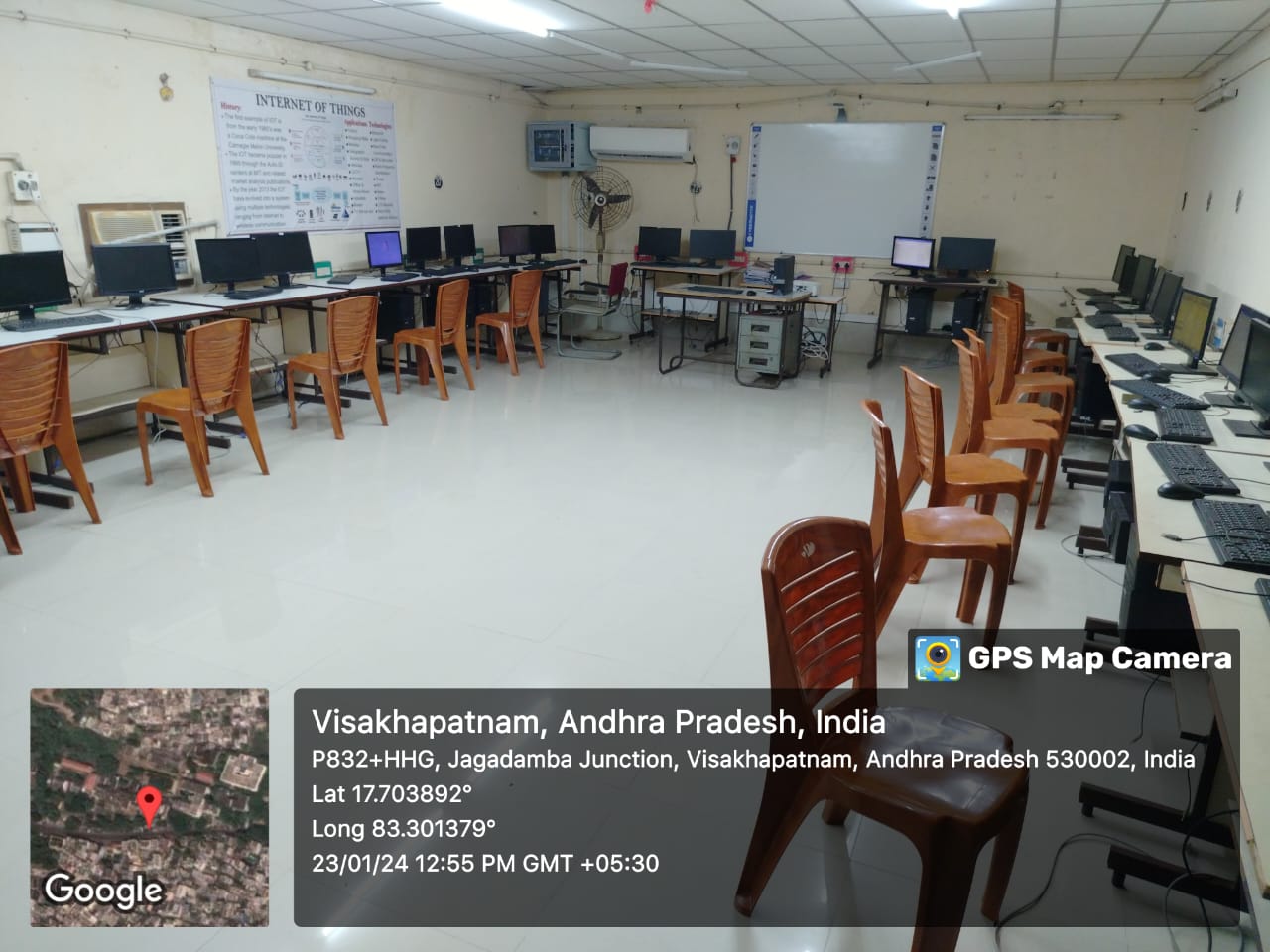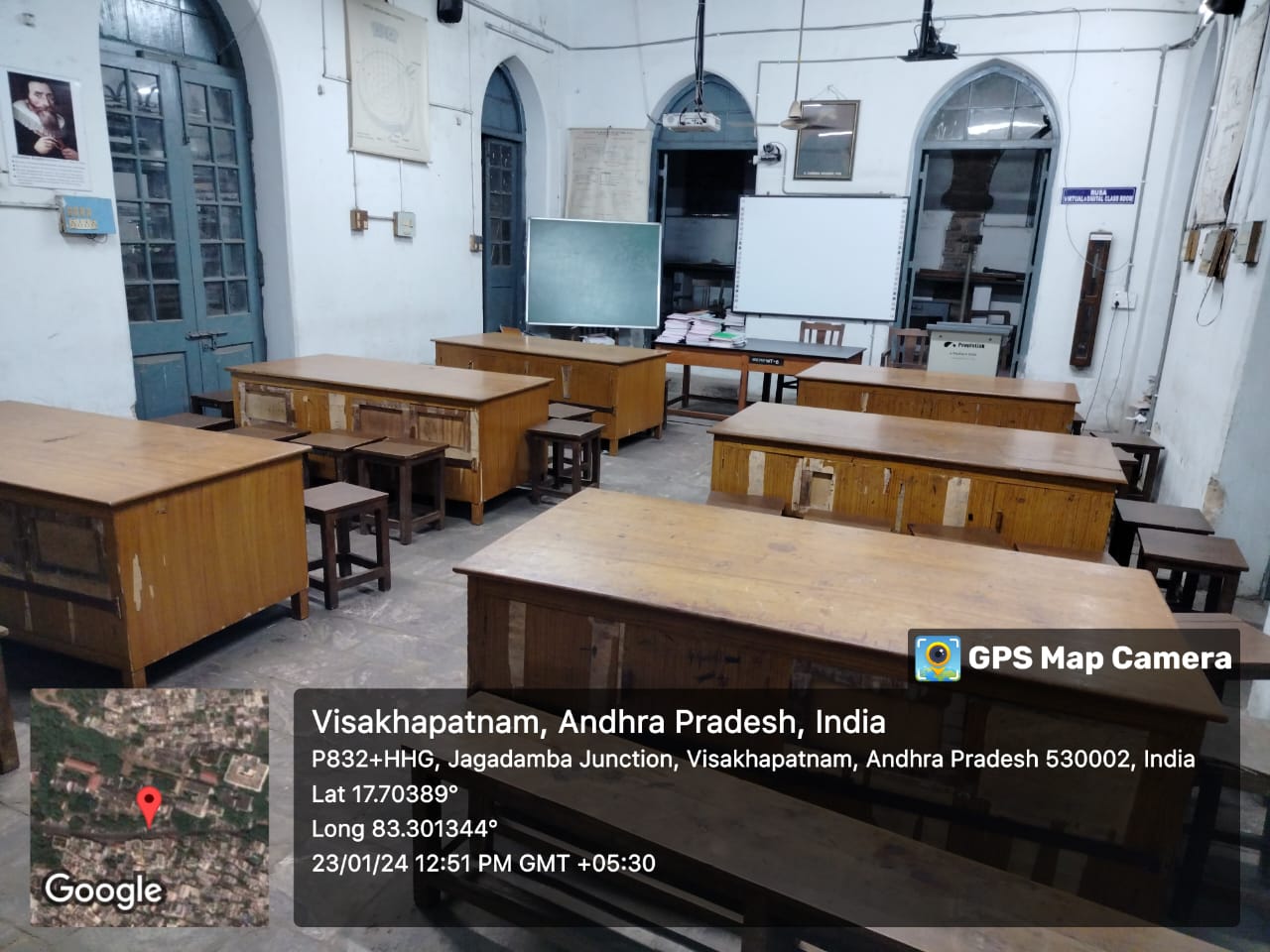- Home
- Infrastructure
- IQAC
- Management
- Administration
- DVV
- Academics
- Research
- Revised SSR
- Facilities
- Committees
- NIRF
- EXAMINATION
- Activities
- Manuals
- Feedback
- Alumni
- Mentor-Mentee
ICT enabled learning
ICT enabled learning


Information and Communication Technology (ICT) has significantly transformed the teaching and learning process in education. Various ICT-enabled tools have been developed to enhance the educational experience for both educators and learners. Here are some examples of ICT-enabled tools used in the teaching and learning process:
1. Interactive Whiteboards (IWBs):
IWBs are large touch-sensitive boards that can display digital content from a computer. Teachers can use them to deliver interactive lessons, annotate content, and engage students in various activities.
2. Learning Management Systems (LMS):
LMS platforms like Moodle, Canvas, and Blackboard provide a centralized online space for course materials, assignments, quizzes, and discussion forums. They facilitate communication and collaboration among students and teachers.
3. E-books and E-readers:
Digital textbooks and e-readers enable students to access educational content in electronic format. They often come with features such as search functionality, note-taking, and multimedia integration.
4. Online Collaboration Tools:
Tools like Google Workspace ( G Suite), Microsoft Teams, and Slack facilitate collaboration among students and teachers. They support real-time document editing, video conferencing, and communication.
5. Virtual Learning Environments (VLEs):
VLEs create immersive online spaces where students can access resources, participate in discussions, and complete assignments. Virtual classrooms and webinars provide opportunities for remote learning.
6. Simulations and Virtual Labs:
Simulations and virtual labs allow students to experiment and explore concepts in a controlled digital environment. They are particularly useful in science and engineering disciplines.
7. Educational Apps:
Numerous apps cater to specific subjects or skills, providing interactive and engaging learning experiences. Examples include language learning apps, math games, and science simulations.
8. Video Lectures and Podcasts:
Educational content in the form of video lectures, podcasts, and educational channels on platforms like YouTube can supplement traditional teaching methods, offering alternative ways to convey information.
9. Augmented Reality (AR) and Virtual Reality (VR):
AR and VR technologies enhance the learning experience by providing immersive environments. Virtual field trips, anatomy simulations, and historical reconstructions are examples of how these technologies are applied.
10. Online Assessment Tools:
Platforms like Kahoot!, Quizizz, and Google Forms enable teachers to create and administer assessments online. They often include features for instant feedback and analytics.
11. Adaptive Learning Systems:
Adaptive learning platforms use data and algorithms to personalize the learning experience based on individual student needs. They adjust the difficulty and pace of content delivery to match each learner's abilities.
These ICT-enabled tools contribute to a more dynamic, interactive, and personalized learning environment, fostering engagement and improving educational outcomes. However, successful integration requires effective teacher training and ongoing support to maximize their potential in the teaching and learning process.
| Lesson Videos Link | |
| Online classes Report |
